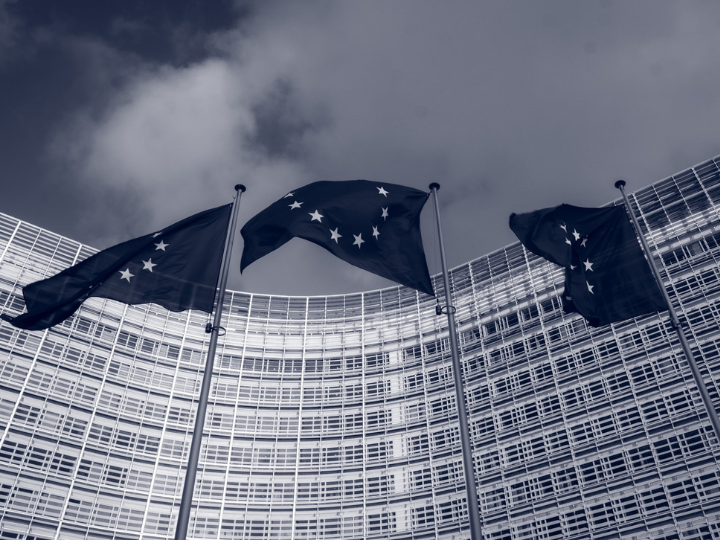The Commission has released the 2022 edition of the Science, Research and Innovation Performance (SRIP) report, analysing the EU’s innovation performance in a global context. It provides insights into how research and innovation policies can help build an inclusive, sustainable, competitive and resilient Europe by leveraging the essential role of research and innovation as a source of prosperity and as a catalyst for change. The report also highlights how the coronavirus pandemic and Russia’s invasion of Ukraine call for Europe to reinforce its preparedness to quickly and adequately react to new, unexpected challenges.
Mariya Gabriel, Commissioner for Innovation, Research, Culture, Education and Youth, said: “The 2022 Science, Research and Innovation Performance report shows how research and innovation are central to build the sustainable and resilient future that Europe needs. The digital and green transitions simply cannot be accomplished without strong research and innovation systems. The report’s evidence supports our upcoming Communication on a new European Innovation Agenda.”
The report presents five ways in which science can help build a sustainable, competitive and resilient Europe, with policies that:
-Help achieve green and digital economies, for prosperous societies that leave no-one behind;
-Prepare for changes, both those on the horizon and the unexpected, with secure economies, diversified supply chains and knowledge that will help to address future challenges;
-Invest more in people, businesses and institutions to find solutions;
-Connect individuals and organisations to access and share skills and knowledge and to reduce gaps between regions and countries, for a stronger innovation system;
-Ensure the right institutional and financial framework conditions co-created with citizens to target priority areas.
This year’s report shows that in the global landscape, the EU remains a strong player in terms of scientific production and technological output. While representing just 6% of the world’s population, it accounts for about 18% of the global R&D investments and 21% of the worldwide top-cited scientific publications. In terms of technological output, the EU is leading globally in the climate field, with 23% of total patent applications. The EU also prominently contributes to other fields, such as bioeconomy (23%) and health (17%). However, this position is eroding as EU major trading partners have been improving their innovation performance at a faster pace over the recent years. R&D investment in the EU declined during the crisis, with significant differences between sectors. Top EU R&D investors in Health and ICT services have increased their R&D investments between 2019 and 2020 (10.3% and 7.2% respectively), but top EU R&I investors in other sectors have decreased their R&D investments during the crisis such as ICT providers (-3.6%), Chemicals (-3.7%), Automobile (-7.2%), and Aerospace (-22.6%) sectors.
The declining business dynamism in the EU will have implications for innovation and economic growth. The report argues that improving the EU’s business environment and innovation capacity requires a renewed vigour when it comes to addressing long-standing issues, such as shortcomings in access to finance, innovation-averse regulatory frameworks, the persistent divide between strongly performing firms and laggards, and the difficulty in attracting and retaining talent. Such issues will be addressed by the Communication on a new European Innovation Agenda.
The report’s virtual launch event will take place on 12 July 2022 from 15:00 to 17:00 (CET). It will present the report’s key findings and host a discussion with high-level speakers on current trends in research and innovation and related policies.
Background
The Science, Research and Innovation Performance of the EU report analyses research and innovation dynamics and its drivers. The report combines indicator-based analysis with deep dives into topical policy issues speaking to an audience of both research and innovation as well as economics and finance policymakers and analysts. This is the fourth edition of the biennial publication by the Commission’s Directorate-General for Research and Innovation.
*Source: European Commission




 By: N. Peter Kramer
By: N. Peter Kramer

